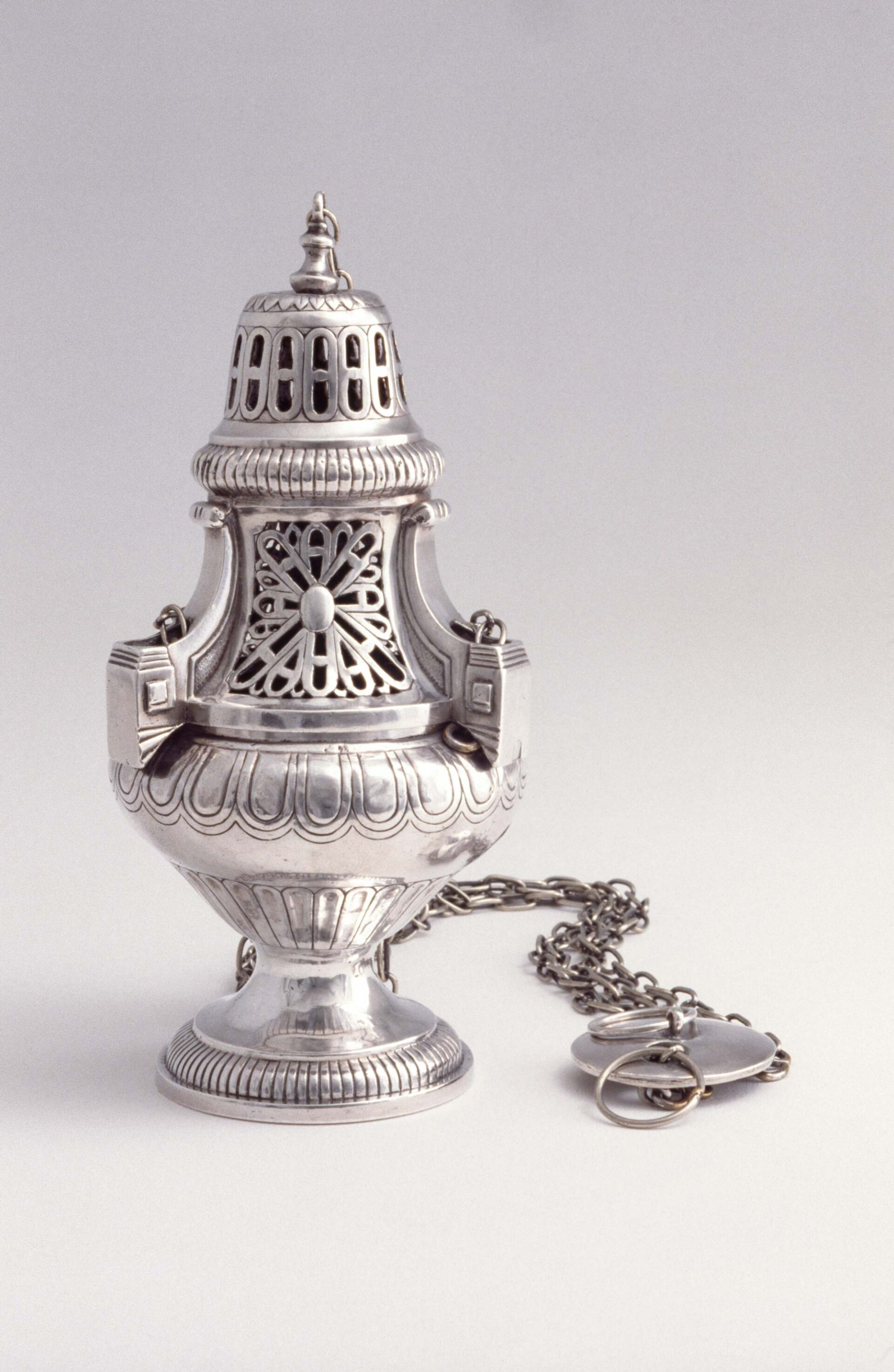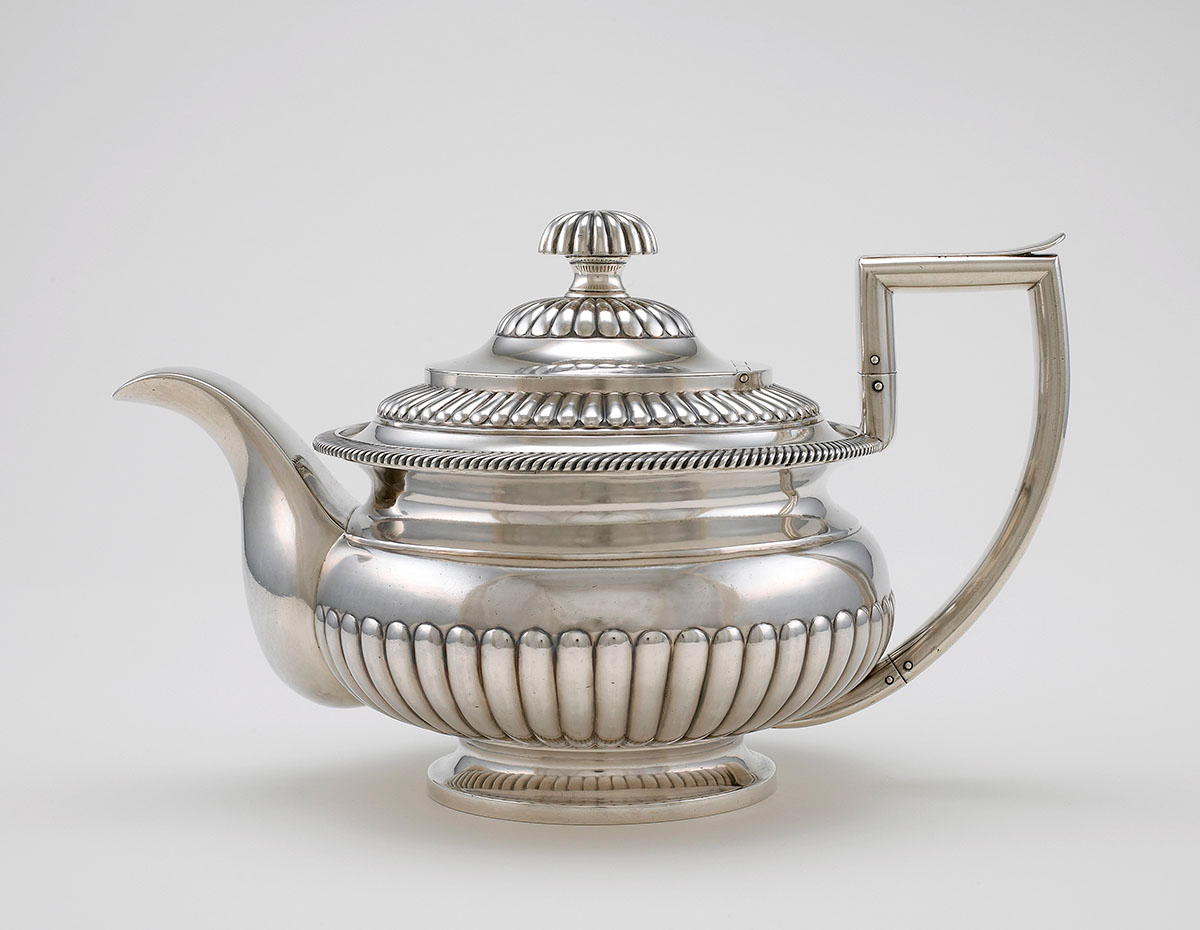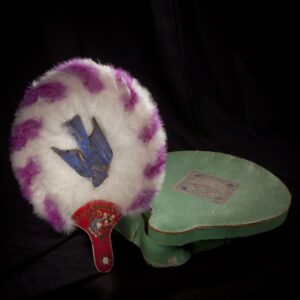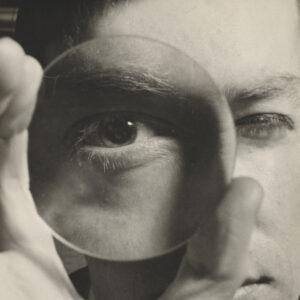Laurent Amiot (1764–1839)

Laurent Amiot, Encensoir (Censer), c.1820
Silver, 24.2 cm (height) x 11.5 cm (diameter)
Musée national des beaux-arts du Québec, Quebec City
The protection and patronage of the Catholic Church fostered the long and flourishing career of master silversmith Laurent Amiot in Quebec City. The son of an innkeeper, he was the first silversmith from the Province of Quebec to be trained in Europe. The Séminaire de Québec arranged his training in Paris, as it had for the painter and sculptor François Baillairgé (1759–1830) a few years earlier.
Amiot left Paris on the eve of the French Revolution, having spent five years there, from 1782 to 1787. The models he developed after 1788—holy water fonts, sanctuary lamps, censers and boats, reliquaries, chalices, and ciboria—brought him recognition. Amiot was celebrated for his liturgical silverwork, which was widely distributed in the early nineteenth century. His religious art pieces, characterized by their elegant forms, showcase the neoclassical style popular in France during the 1780s. Amiot introduced this style to the capital.

Since he primarily created pieces for the Church, Amiot’s domestic silverwork is rare. One example is the Théière Regency (Regency Teapot), c.1815, recently rediscovered and now housed at the National Gallery of Canada. Described by the art historian René Villeneuve as a “minor monument of unity and refinement,” it is notable for its high stylization, symmetry, and balance. Another example is the Coupe présentée à George Taylor (Cup Presented to George Taylor), 1827, commissioned by Lord Dalhousie (1770–1838), the governor-in-chief of British North America, to commemorate the launch of the Kingfisher, a ship whose construction Taylor oversaw. As a nod to its patron, the lid’s handle features a unicorn motif taken from the governor’s coat of arms. Amiot was the only French Canadian artist encouraged by Dalhousie, at a time when wealthy benefactors typically turned to London for such commissions. This striking cup exemplifies the collaborative nature of craftsmanship during this period: the unicorn head was likely sculpted by François Baillairgé, while the Scottish engraver James Smillie Jr. (1807–1885) is believed to have etched the front face.
Surrounded by apprentices, Amiot changed the status of his “shop” by renaming it an “atelier,” clearly distinguishing the act of fabricating his creations from that of selling them. The artist-entrepreneur leaned heavily on the prestige of his Parisian training in his new marketing strategy, and he also replaced the term “trade” with “art” and began referring to himself as a “master of the art of silversmithing” as early as 1816. For Amiot, silversmithing was a fully realized form of artistic expression, on par with painting, sculpture, and architecture. This is evident in the preparatory drawings for his works, which he composed in the purest academic tradition, reflecting his European training.
Amiot possessed a keen business sense that brought him great wealth: he “stepped directly into the proto-industrial era by establishing a workshop and models that would endure for over a century.” The new style he introduced from France was soon adopted by his competitors in Quebec City and Montreal. Orders poured in from ecclesiastical, secular, and governmental circles throughout the fifty-two years his workshop was in operation.

 About the Author
About the Author
 More Online Art Books
More Online Art Books
 Acknowledgements
Acknowledgements